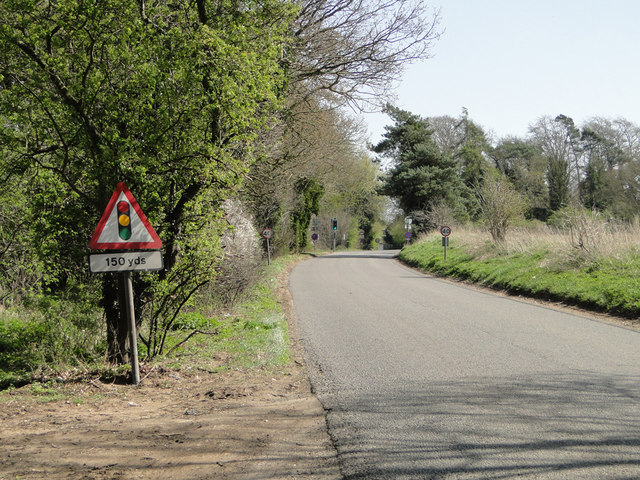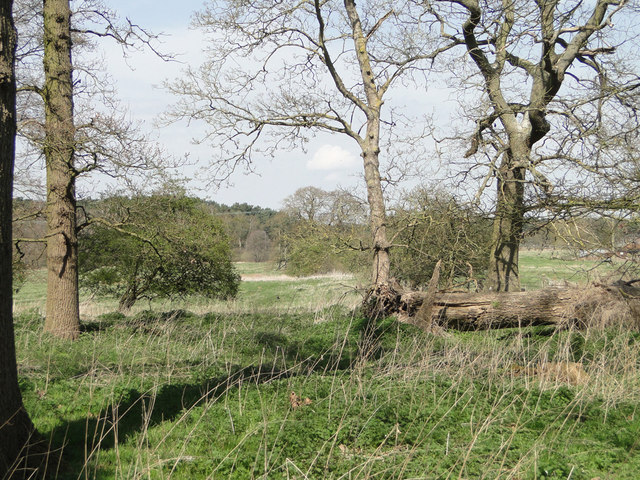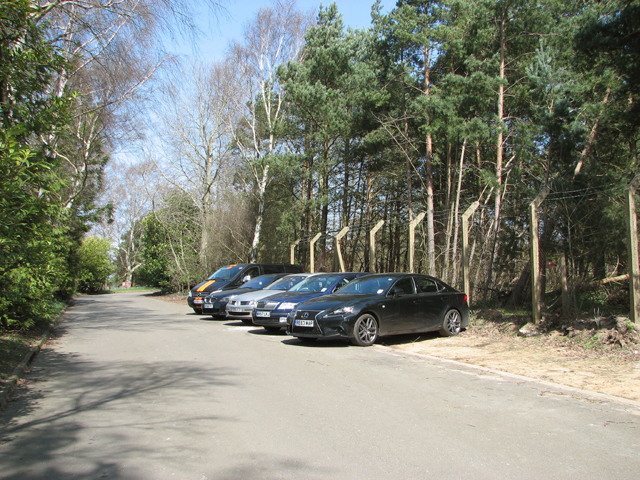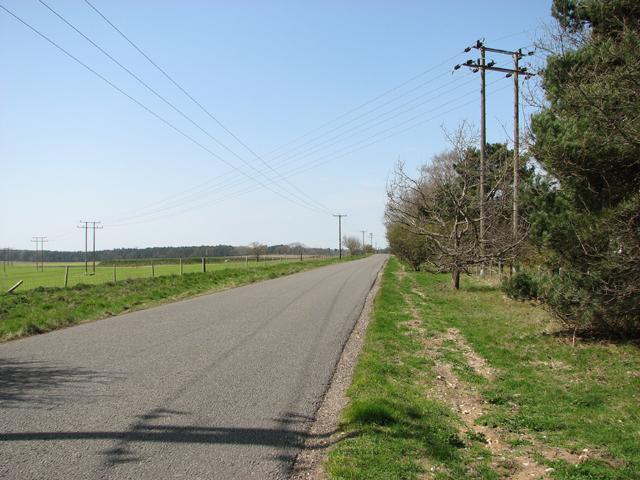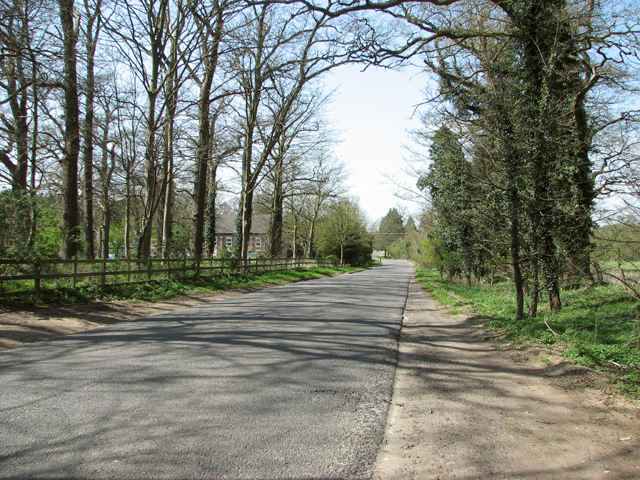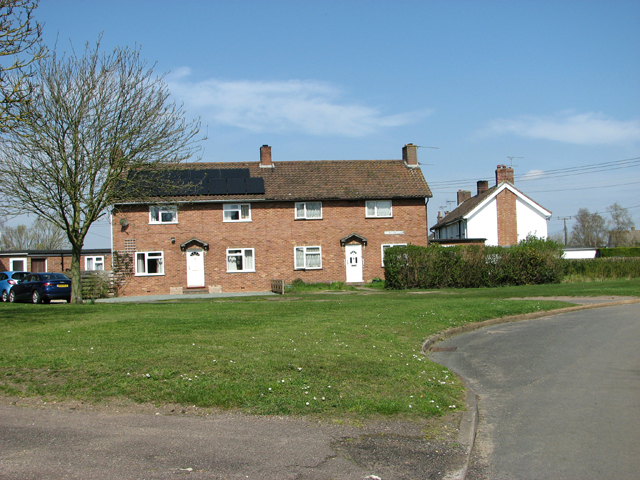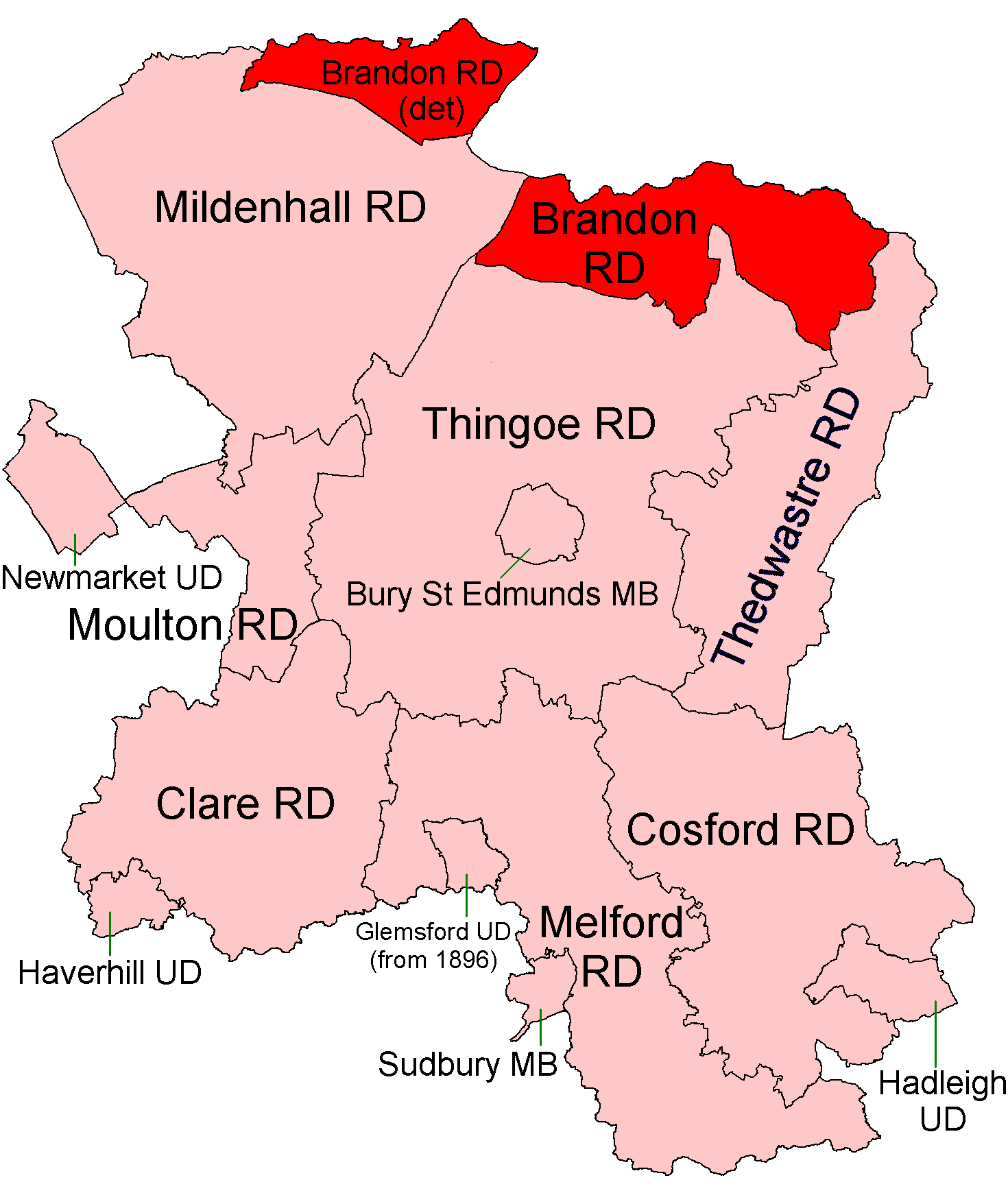Barnham
Civil Parish in Suffolk St Edmundsbury
England
Barnham
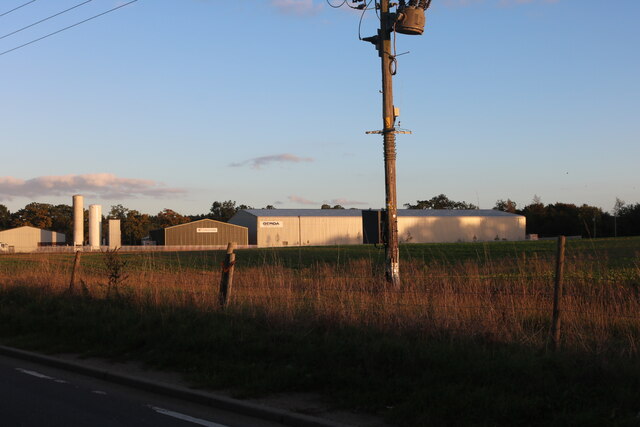
Barnham is a civil parish located in the county of Suffolk, England. It is situated in the St Edmundsbury district and covers an area of approximately 6 square miles. The parish is predominantly rural, with a small population of around 300 residents.
The village of Barnham is located within the parish and serves as its main settlement. It is a charming, picturesque village with a rich history dating back to the medieval period. The village features a number of traditional thatched cottages and historic buildings, adding to its charm and character.
The parish is surrounded by beautiful countryside, making it an ideal location for those who appreciate nature and outdoor activities. The area is known for its rolling hills, meadows, and woodlands, providing opportunities for hiking, cycling, and wildlife spotting.
Despite its small size, Barnham has a strong sense of community and offers a range of amenities for its residents. These include a village hall, a local pub, and a primary school. The village also benefits from good transport links to nearby towns and cities, with regular bus services connecting it to larger urban centers.
Overall, Barnham is a peaceful and idyllic rural parish, offering a tranquil way of life for its residents. It is a place where one can escape the hustle and bustle of city life and enjoy the beauty of the Suffolk countryside.
If you have any feedback on the listing, please let us know in the comments section below.
Barnham Images
Images are sourced within 2km of 52.371175/0.727127 or Grid Reference TL8578. Thanks to Geograph Open Source API. All images are credited.
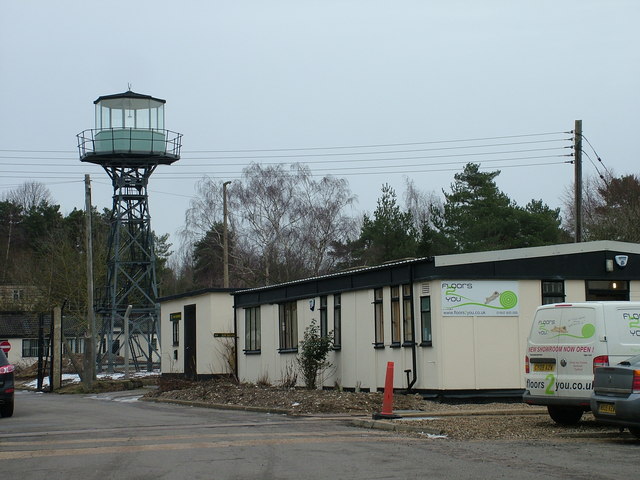
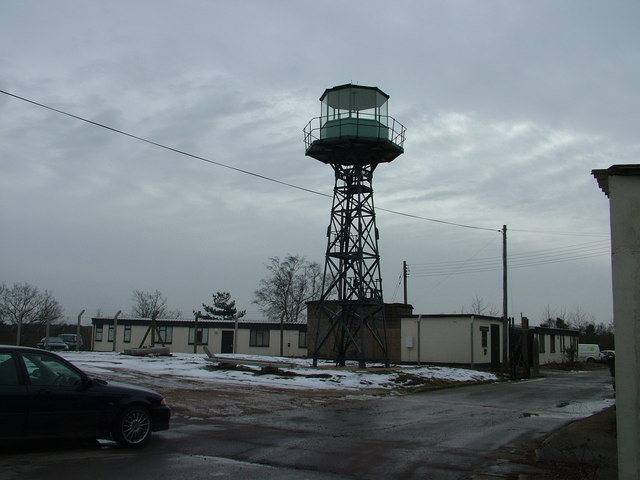
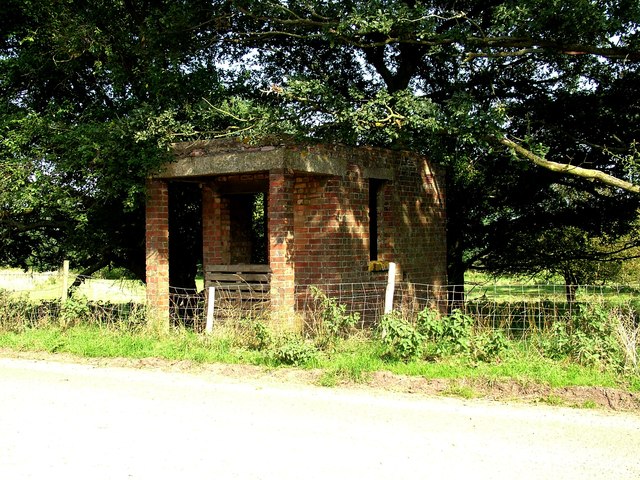
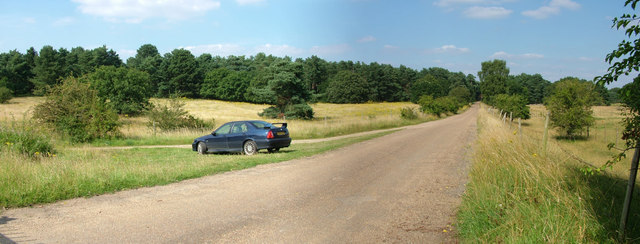
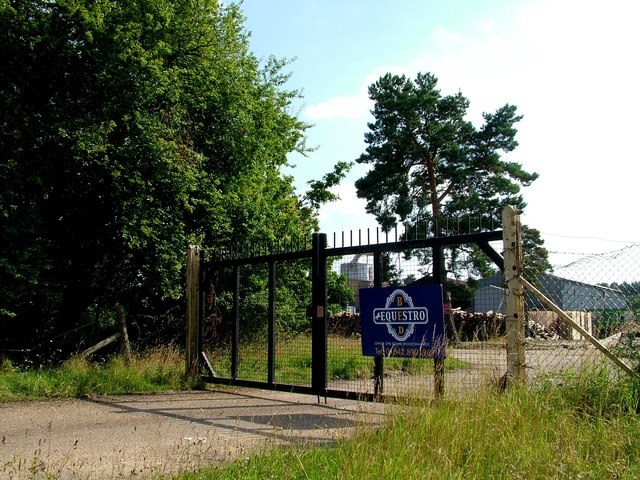
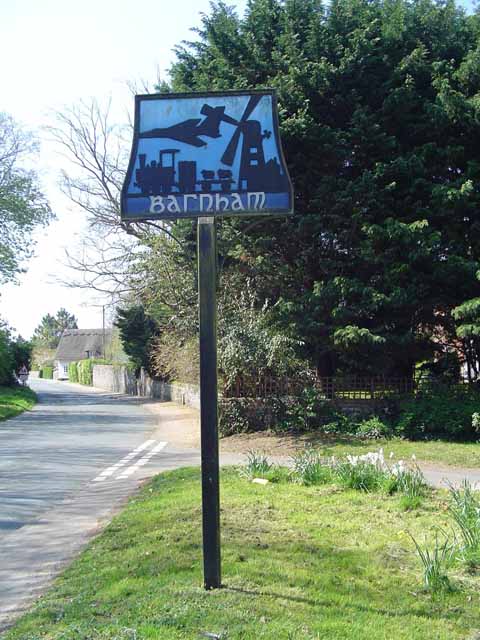
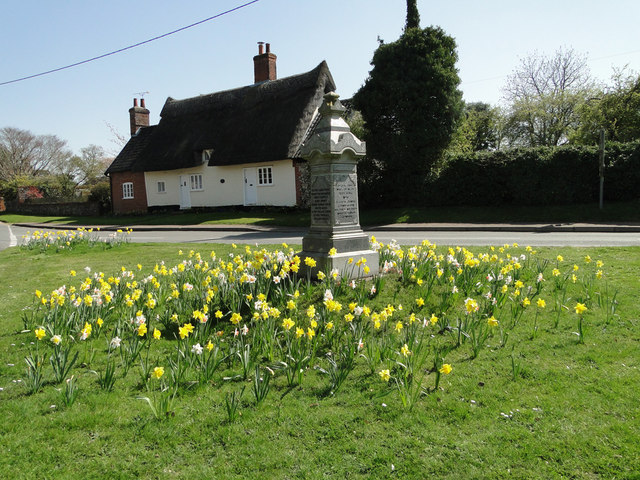
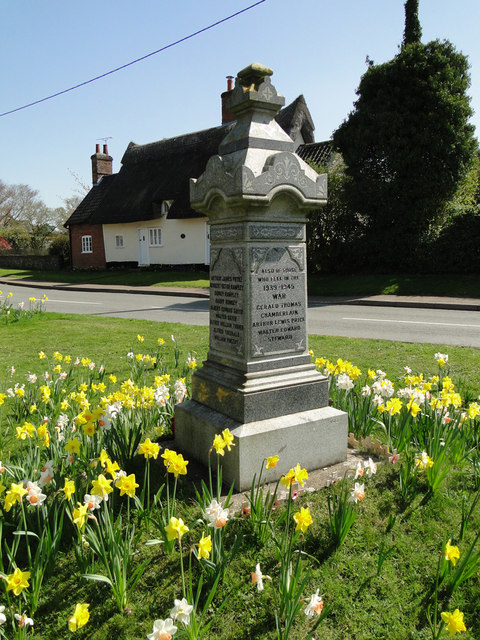
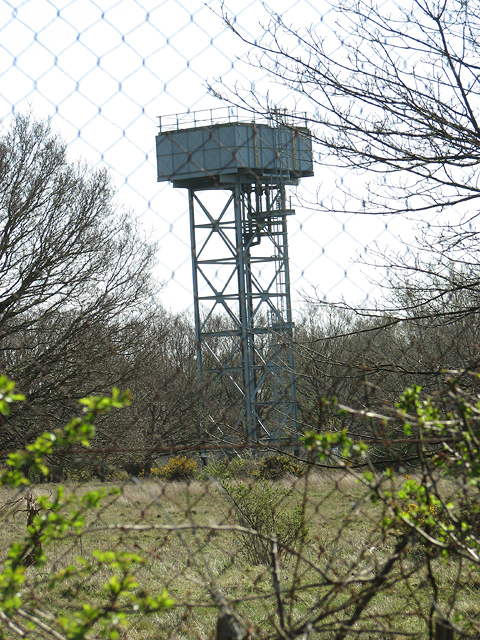
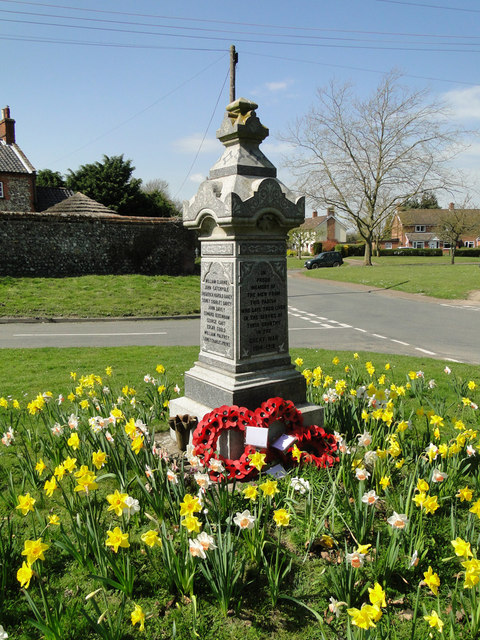

Barnham is located at Grid Ref: TL8578 (Lat: 52.371175, Lng: 0.727127)
Administrative County: Suffolk
District: St Edmundsbury
Police Authority: Suffolk
What 3 Words
///indicates.briskly.amplifier. Near Thetford, Norfolk
Nearby Locations
Related Wikis
Little Heath, Barnham
Little Heath, Barnham lies south-west of Barnham, Suffolk. Much of the area is now a Site of Special Scientific Interest, which almost surrounds the former...
Barnham railway station (Suffolk)
Barnham railway station is a former station in Barnham, Suffolk on a now closed line between Thetford and Bury St Edmunds. It was located close to the...
Barnham Windmill, Suffolk
Barnham Mill is a tower mill at Barnham, Suffolk, England which has been converted to residential accommodation. == History == Barnham Mill was built for...
Brandon Rural District
Brandon was a rural district in Suffolk, England from 1894 to 1935. The district was created in 1894 as the Suffolk part of the Thetford rural sanitary...
Nearby Amenities
Located within 500m of 52.371175,0.727127Have you been to Barnham?
Leave your review of Barnham below (or comments, questions and feedback).
